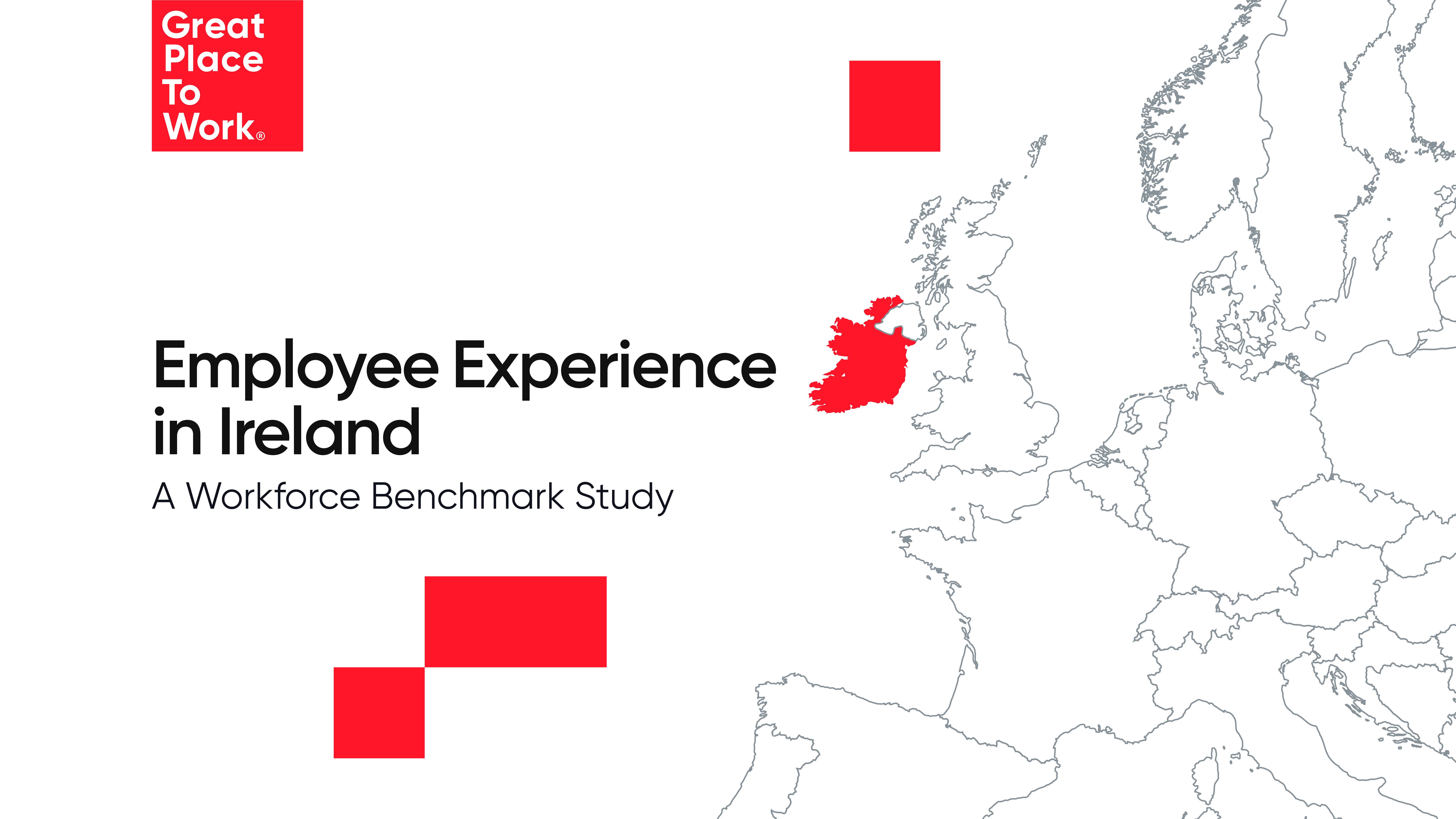Creating high-performance teams requires more than just setting goals — it calls for a culture built on trust, engagement, and strong leadership. Organisations that succeed in this area consistently involve their people, embed recognition, and align strategy with day-to-day experiences.
Here are ten key practices that support high-performance teams:
1. Identify change through employee feedback
Focus groups and surveys can reveal where processes or practices need to improve. Turning these insights into action plans encourages collaboration across the whole organisation.
2. Embed employee-focused plans into strategy
Action plans centred on employees should be linked to the broader organisational mission. Progress updates throughout the year show genuine commitment to improvement.
3. Translate plans into visible action
Change requires leadership commitment, dedicated project teams, and persistence through challenges. This visible follow-through builds employee trust.
4. Leverage trust for agility
In a culture of trust, employees rally behind new strategies in times of change, knowing leadership decisions are fair and sound.
5. Recognise and celebrate contributions
Recognition should be part of everyday culture — through peer-to-peer programs, sharing success stories internally, or celebrating achievements externally.
6. Build a positive and supportive culture
A workplace where employees feel safe and supported directly impacts retention, performance, and engagement. Psychological safety is a cornerstone of high performance.
7. Co-create solutions with staff
Consulting employees not only highlights areas for development but also ensures they help shape the solutions. Engagement increases when staff are invested in the outcomes.
8. Ensure visible leadership involvement
High-performance strategies require leaders to play an active role. Visible involvement demonstrates that culture is an organisational priority, not a side initiative.
9. Connect people to shared values and vision
When employees understand the broader mission and see how their contributions matter, they gain a sense of meaning, achievement, and progress.
10. Equip leaders with coaching skills
Coaching techniques help leaders guide individuals to grow and perform at their best, creating a ripple effect across teams.
The Bigger Picture
Across all of these practices, one theme stands out: culture and performance are inseparable. Building high-performance teams requires a whole-organisation approach, with leadership engagement, active listening, and action planning at its core. When employees see trust demonstrated in practice, they respond by giving their best in return.
About Great Place to Work®
Great Place to Work® is the global authority on workplace culture. We help organisations quantify their culture and produce better business results by creating a high-trust work experience for all employees. We recognise Great Place to Work-Certified™ companies and the Best Workplaces™ in more than 60 countries. To join the thousands of companies that have committed to building high-trust company cultures that help them attract, retain and take care of their people, contact us about getting Certified today.
.jpg)




.jpg)

.png)
.png)
